1. Introduction
The term hardware carries different meanings depending on the context. In technology, it denotes the physical parts inside electronic devices. In manufacturing and construction, it refers to metal fittings, fasteners, and components that hold structures and machines together.
This article focuses on metal hardware and explains how universal hardware and tools—standardized, widely compatible components and the instruments used with them—fit into modern building, repair, and industrial workflows.
2. What Is Hardware?
Hardware in Technology
In computing and electronics, hardware describes the tangible components that let devices run software and process data—items like CPUs, memory modules, storage drives, motherboards, and power supplies. These parts are essential to digital systems, but they are not the main subject of this guide.

Hardware in Manufacturing & Construction
In manufacturing, construction, and general trades, hardware mainly means metal components used to fasten, connect, support, and reinforce. These parts form the physical backbone of assemblies, fixtures, and structures.
Common categories include:
· Fasteners: screws, bolts, nuts, washers, anchors
· Fittings & brackets: mounting plates, corner brackets, clamps
· Hinges & latches: door and cabinet hardware, locking mechanisms
· Connectors: pipe fittings, frame connectors, splice plates
· Support elements: rails, hooks, leveling feet, braces

These items are critical in building, machinery assembly, furniture production, and day-to-day maintenance because they provide strength, stability, and long-term durability.
In the sections that follow we concentrate on metal hardware — its standardized forms, common uses, and how it pairs with tools under the umbrella of universal hardware and tools.
3. What Is Universal Hardware?
Universal hardware describes standardized metal components designed to be broadly compatible across multiple applications and systems. Rather than being custom-made for a single product, universal parts follow common sizes, thread forms, and mounting patterns so they can be used interchangeably.
Characteristics
· Standardized dimensions: conform to widely accepted measurements and threads.
· Interchangeability: fit a range of products and fixtures.
· Availability: stocked by many suppliers and accessible to professionals and DIYers.
· Cost-efficiency: reduce the need for custom parts and simplify inventory.
Why It Matters
Universal hardware simplifies maintenance, speeds repairs, and reduces downtime because replacement parts are easy to source. For manufacturers, builders, and hobbyists alike, these benefits translate into lower costs and greater flexibility. Paired with the right tools, universal hardware supports efficient construction and reliable long-term performance.
4. Difference Between Universal Hardware and Tools
While the two terms are often mentioned together, they serve distinct roles.
· Universal hardware: the components that become part of the finished assembly—fasteners, hinges, brackets, anchors.
· Tools: the instruments used to install, adjust, or remove hardware—wrenches, screwdrivers, drills, pliers, and measuring devices.
Examples:
· A bolt (hardware) joins two plates; a socket wrench (tool) tightens it.
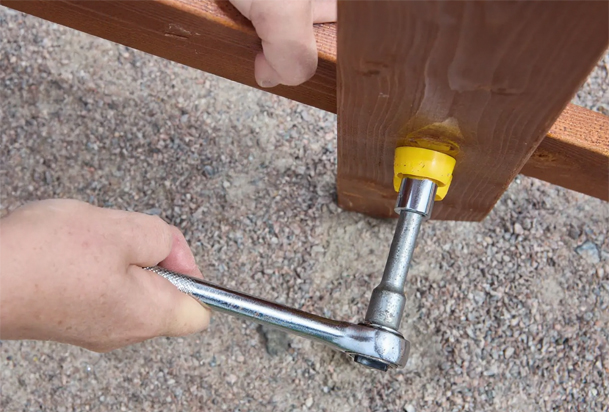
· A hinge (hardware) lets a door swing; a screwdriver (tool) secures it.

Understanding the difference between universal hardware and tools helps clarify procurement, inventory management, and job planning: hardware defines what you need to complete a build; tools determine how you install it.
5. Main Types of Universal Hardware and Their Functions
Universal Accessories
General-purpose components used across many industries:
· Bolts, nuts, washers, anchors — for fastening and load-bearing connections.
· Brackets and plates — for joining and reinforcing joints.
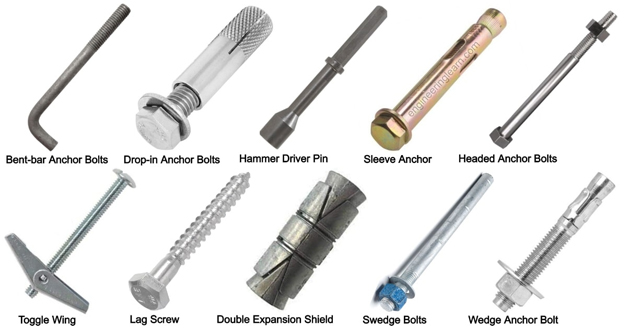
Tools (by energy source & use)
· Hand tools: hammers, screwdrivers, pliers, adjustable wrenches — essential for manual work.
· Power tools: cordless drills, impact drivers, grinders, saws — speed up installation and heavy work.
· Measuring & alignment tools: tape measures, spirit levels, calipers — ensure accuracy and fit.

Construction Hardware
Designed for structural and architectural applications:
· Anchors, rebar ties, door and window fittings, facade brackets.
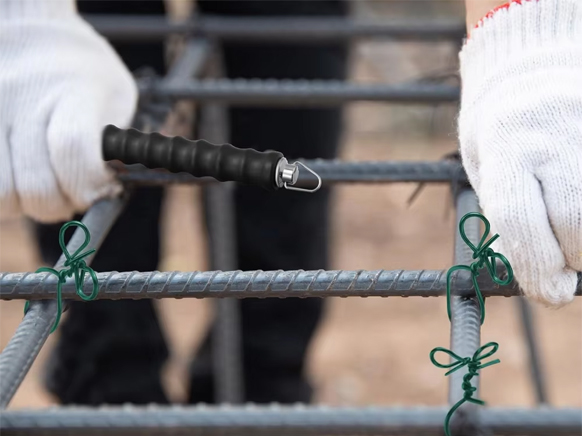
Mechanical & Industrial Hardware
Used in machine building and maintenance:
· Bearings, bushings, machine screws, industrial hinges, shaft collars.
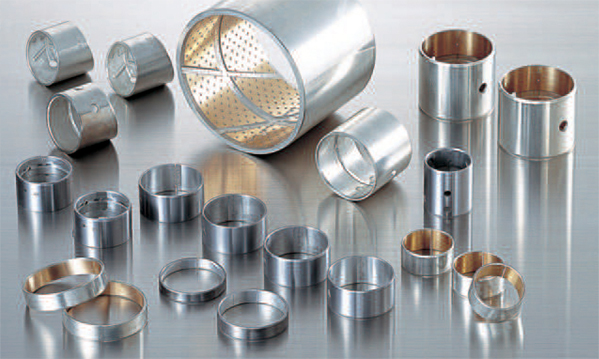
Other Common Categories
· Furniture hardware: drawer slides, knobs, cabinet hinges.
· Security hardware: locks, latches, padlocks.
· Everyday fixtures: hooks, rails, mounting kits for household use.
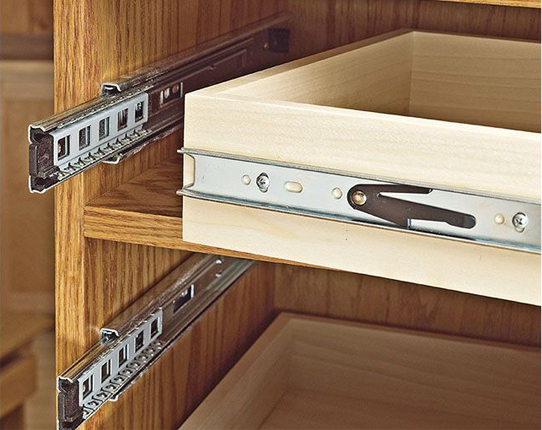
Each class of hardware has specific functional requirements—load capacity, corrosion resistance, thread strength, or finish—that determine appropriate use and compatibility with universal standards.
6. Conclusion
Universal hardware and tools form the practical foundation for construction, manufacturing, maintenance, and DIY projects. Universal hardware supplies the standardized building and fastening components; tools provide the means to install and maintain them. Together they promote efficiency, reduce costs, and simplify repairs by ensuring parts and methods are broadly compatible.
When planning a project, prioritize hardware that meets the right specifications for strength, size, and environment—and pair it with suitable tools to guarantee correct installation and long-term reliability.
